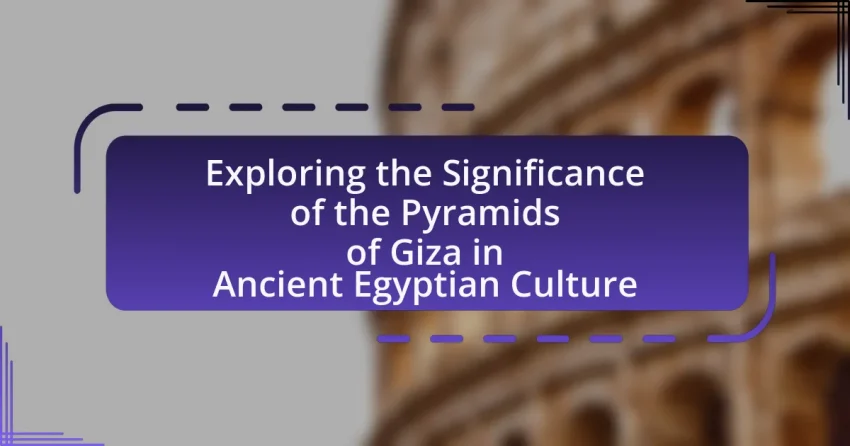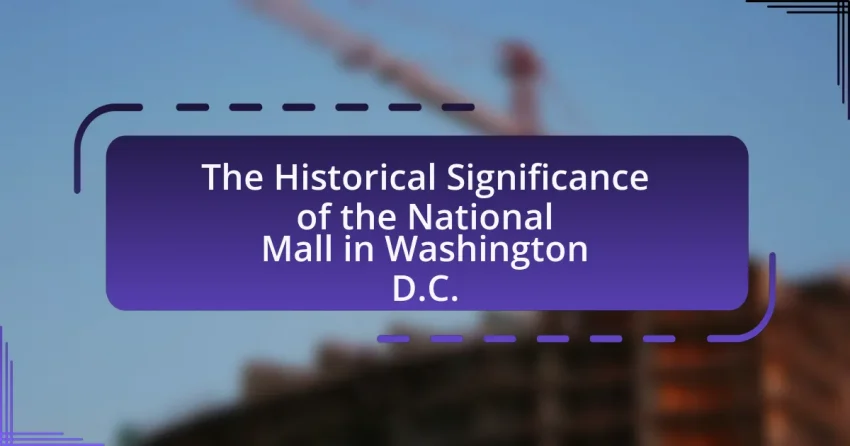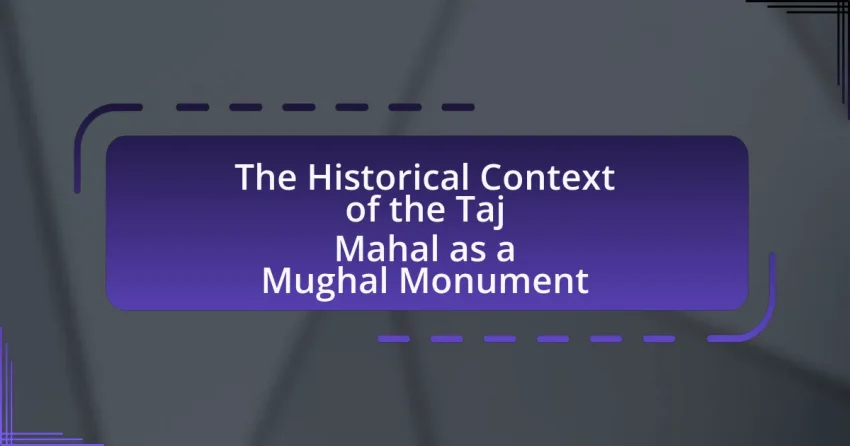Machu Picchu is a significant archaeological site that played a crucial role in the Incan civilization as a royal estate, religious center, and administrative hub. The article explores its architectural and agricultural advancements, its influence on Incan governance and economy, and its cultural impact on society. It highlights how Machu Picchu served as a symbol…
Historical Events
Welcome to the ‘Historical Events’ category! Here, you will dive into a vast array of significant moments that have shaped our world. From ancient civilizations to modern revolutions, each article brings history to life. You’ll find engaging narratives that highlight key figures, dates, and outcomes that define different eras. Whether it’s a detailed look at the fall of empires or the birth of new nations, there’s something for everyone.
Exploring these articles will deepen your understanding of past events and their impact on today’s society. You will discover inspiring stories of resilience and change. Each piece is crafted to provide insight and provoke thought. Get ready to embark on a journey through time, uncovering the lessons that history has to offer. Your adventure into historical discovery starts here!
The Importance of Ellis Island in American Immigration History
Ellis Island is a pivotal entity in American immigration history, having served as the primary entry point for over 12 million immigrants from 1892 to 1954. The article outlines the significance of Ellis Island as a processing facility where immigrants underwent medical and legal inspections, symbolizing the hopes of many seeking a better life in…
The Impact of the Berlin Wall on East and West Germany
The Berlin Wall was a concrete barrier that divided East and West Berlin from 1961 to 1989, constructed by East Germany to prevent mass emigration to the West. This division not only separated families and disrupted social relationships but also created significant economic disparities, with West Germany experiencing prosperity while East Germany faced stagnation. The…
The Influence of the Palace of Versailles on European Politics
The Palace of Versailles, located near Paris, France, is a former royal residence that symbolizes absolute monarchy and political power during the reign of Louis XIV. Constructed in the 17th century, it became the center of government and royal court, influencing European politics through its opulent architecture and strategic layout. The palace hosted significant diplomatic…
Exploring the Significance of the Pyramids of Giza in Ancient Egyptian Culture
The Pyramids of Giza, monumental tombs built for the Pharaohs of ancient Egypt, are significant architectural and cultural symbols reflecting the civilization’s beliefs in the afterlife and divine kingship. Constructed during the Fourth Dynasty, these pyramids demonstrate advanced engineering techniques and a well-organized labor force, highlighting the socio-political structure of ancient Egypt. The article explores…
Analyzing the Impact of the Parthenon on Western Architecture
The Parthenon, a former temple on the Athenian Acropolis dedicated to the goddess Athena, is a pivotal structure in Western architecture, exemplifying classical Greek architectural principles such as the Doric and Ionic styles. Its design, characterized by harmony, proportion, and innovative optical refinements, has profoundly influenced subsequent architectural movements, including Neoclassicism. The article explores the…
The Historical Significance of the National Mall in Washington D.C.
The National Mall in Washington D.C. is a historically significant site that symbolizes American democracy and values. It has hosted pivotal events, including Martin Luther King Jr.’s “I Have a Dream” speech during the 1963 March on Washington, and is home to important monuments such as the Lincoln Memorial and the Washington Monument. Established through…
The Historical Importance of the Great Wall of China
The Great Wall of China is a monumental defense structure with significant historical importance, built primarily to protect Chinese states from invasions by nomadic groups. Spanning approximately 13,170 miles, its construction reflects military strategies, architectural advancements, and the geopolitical landscape of ancient China, particularly during the Qin and Ming Dynasties. The wall served multiple purposes,…
The Evolution of the Tower of London Through the Centuries
The Tower of London, a historic castle established by William the Conqueror in 1066, has played a pivotal role in British history as a royal palace, fortress, prison, and treasury. This article explores the Tower’s evolution over the centuries, highlighting its architectural changes, significant historical events, and its status as a UNESCO World Heritage Site….
The Historical Context of the Taj Mahal as a Mughal Monument
The Taj Mahal, a prominent Mughal monument built in the 17th century, was commissioned by Emperor Shah Jahan in memory of his wife Mumtaz Mahal. This architectural masterpiece exemplifies the zenith of Mughal architecture, showcasing a blend of Persian, Islamic, and Indian styles, and reflects the wealth and power of the Mughal Empire during its…









